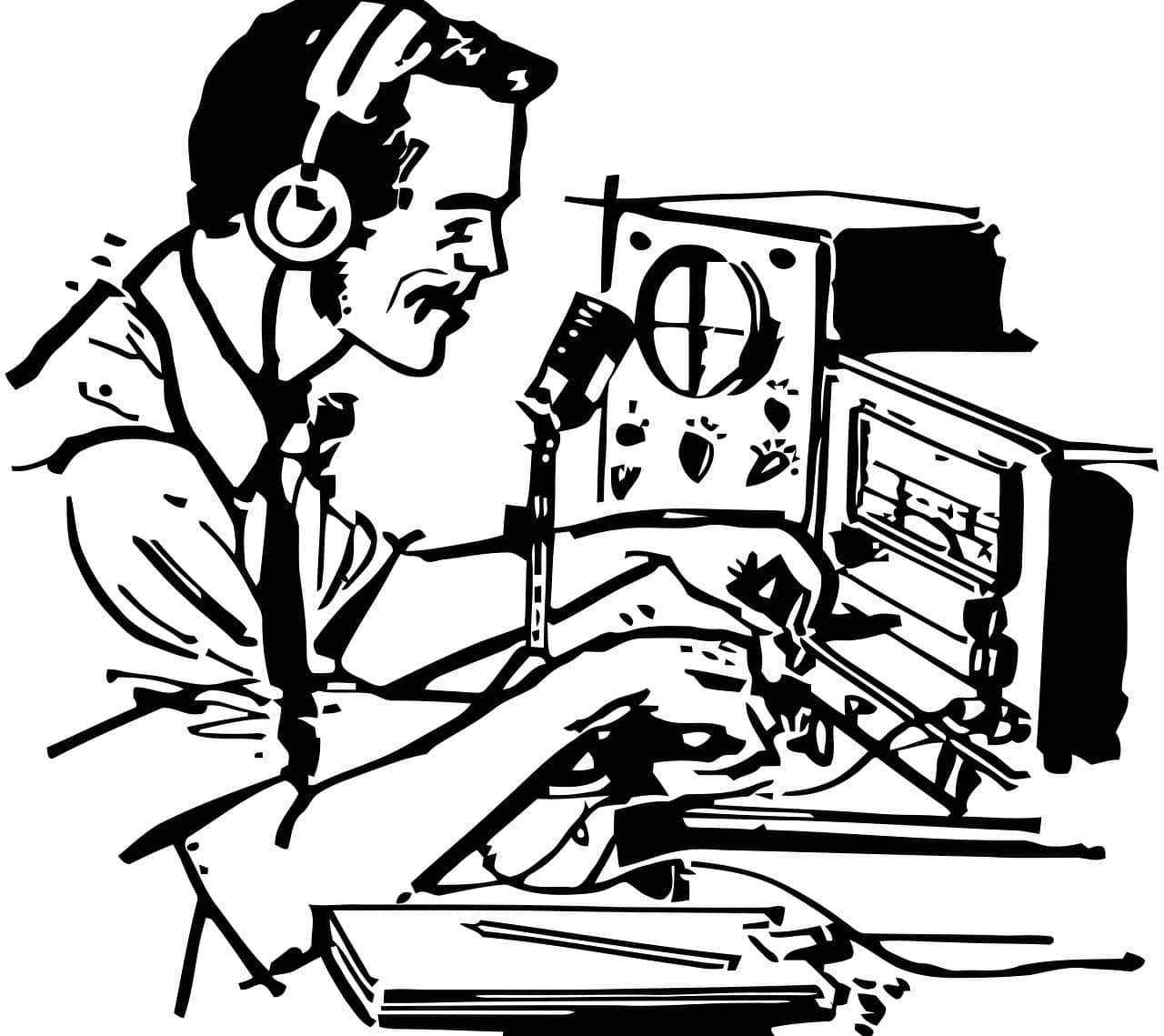
To obtain an amateur radio license you must pass an exam and meet certain requirements.
A radio amateur is an individual who has authorization to send and receive messages through radio waves , using the frequency bands that are established by administrative means. Radio amateurs carry out their activity in an amateur and non-profit manner.
Before moving forward, it is important to indicate that the electromagnetic wave used in radio broadcasting is called radioelectric wave . Electromagnetic waves , meanwhile, are disturbances that are generated periodically in an electromagnetic field, propagating through space.
Telecommunication that takes place with radio waves is called radio communication . The radio frequency (that is, the radio spectrum used in these telecommunications) is between 3 hertz and 300 gigahertz.
What is a radio amateur
A radio amateur is a person interested in radio technology and endorsed by the corresponding license who develops intercommunication, technical research and instruction actions with his or her radio station . It is common for radio amateurs to be part of a radio club : a non-profit organization that offers training courses and manages the process to obtain licenses from the authorities.
Radio amateurs are categorized according to their knowledge and experiences. Aspirant , Novice , Intermediate , General , Superior and Special are some of the categories that may exist, depending on the regulations of each country.
To access one or another category, you must meet the requirements established by regulation and pass the established exams. Based on the category, the radio amateur obtains the license to use a maximum power.
It is interesting to note that the figure of the radio listener exists. In this case, the subject obtains a certificate that allows him or her to install and operate receivers for amateur radio bands but not transmitters, transceivers or other devices or equipment that can emit radio frequency signals.

Atmospheric noise can affect communications between radio amateurs.
Communications characteristics
Radio amateurs establish communications using different types of radio communications equipment . This allows them to send and receive messages to each other, promoting self-training in radio techniques and communicating for recreational purposes.
This wireless communication can become very important in disasters. In the face of a collapse of telecommunications infrastructure, radio amateurs are able to continue transmitting messages, providing an essential service to their community.
Although amateur radio bands cover a limited set of frequencies , they can transmit both voice and images, texts and other data. It should be noted that radio waves can cross cities, countries, continents and even reach space.
Today, radio amateurs can even send or receive radio communications between transceivers or computers connected to virtual private networks ( VPNs ) on the Internet.
Communications that are established over long distances are known as DX (distance) communications . The DX-ist radio amateur must respect a code of conduct: for example, he must listen before initiating a call and must not generate interference when other stations communicate.

Amateur radio wave propagation is through space from a transmitting antenna to a receiving antenna.
Radio amateur equipment
The equipment of a radio amateur varies according to the possibilities and objectives of each one. A transceiver (a device that integrates a receiver and a transmitter), an antenna and a cable that carries the signal from the transceiver to the antenna and vice versa are the basic elements.
At the origins of amateur radio, transmitters and receivers were developed separately. Radio amateurs themselves were the ones who built the devices, something that continued until the 1950s .
From then on, manufacturers emerged who began to market radio equipment. By the '70s , practically all transmitters were already transceivers (that is, they also had the capacity to receive signals).
A walkie-talkie is an example of a transceiver, in this case portable. These objects allow transmitting and receiving radio waves. Although they were born as instruments of the police and emergency services, today they are even used as children's toys when it comes to low-power communicators.
Modes of operation
Radio amateurs can use various modes of operation. Traditional ones include frequency modulation ( FM ), amplitude modulation ( AM ), radio teletype ( RTTY ) and radiotelegraphy .
D-Star, FT8, Packet Radio, Echolink con VoIP yFT8 son otros modos de communication que se utilizan en la actualidad.
Radio amateurs and the Q code
Radio amateurs often use the Q code , which consists of signals made up of three letters. This code emerged at the beginning of the 20th century , being promoted by the English authorities as a list of abbreviations to facilitate communications between coastal stations and ships.
The QSL (contact confirmation) combination is possibly the best known. It is used as an acknowledgment of receipt to confirm if a message arrived correctly.
QRQ (to increase the transmission speed), QRP (to lower the transmission power), QSY (to modify the frequency) and QRZ (to request identification) are other Q codes that are commonly used.
